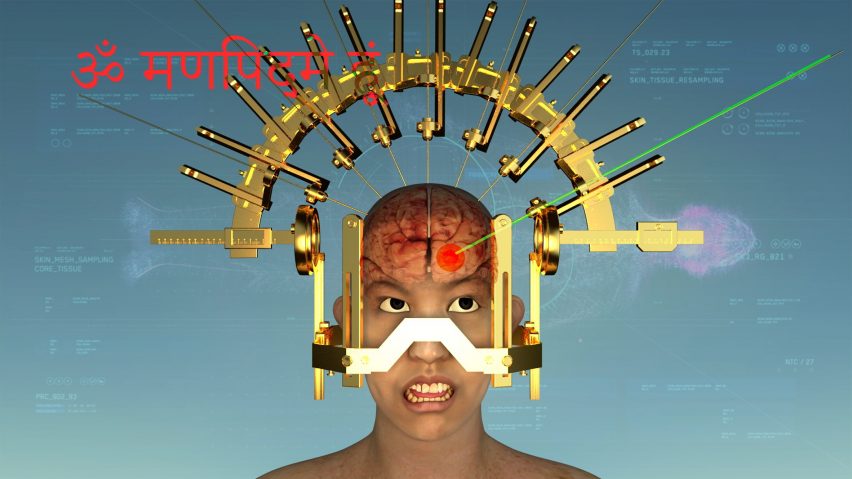
Seven shocking sights at the Istanbul Design Biennial 2016
The evolution of the human body is one of the major topics of this year's Istanbul Design Biennial, with exhibits ranging from a cyborg skeleton to a brain in a book. Dezeen editor Amy Frearson has selected seven of the most provocative examples.
In the show Are We Human?, curators Beatriz Colomina and Mark Wigley bring together projects that explore the relationship between design and humans, under the premise that design is what sets humans apart from any other species.
The show is divided up into four sections, with one, Designing the Body, dedicated entirely to showing how design – whether by designers, scientists or everyday people – has altered the human form.
"There's nothing stable about our bodies – we have very radical relationships with them," explained Wigley during an exclusive interview with Dezeen earlier this year.
"The human is like a question mark, unstable in design," he said. "You can design your children. You can design new species. You can replace almost any part of your body."
Designing the Body is on show at the Galata Greek School in Istanbul until 20 November 2016. We've selected seven of the most shocking things you can expect to see there.
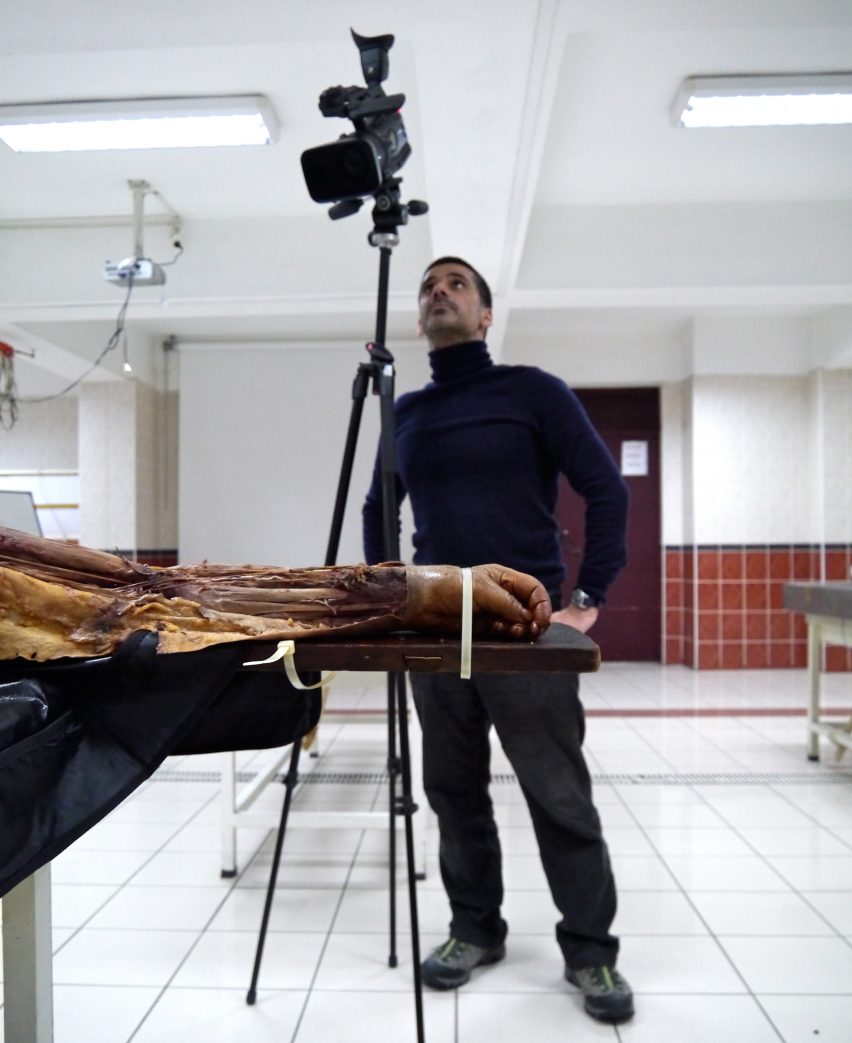
Anatomy by Ali Kazma
Shot at a medical school in Istanbul, Ali Kazma's film shows students dissecting a dead body to help them learn the subtleties of its intricate systems. According to Kazma, the horrifying scene becomes gradually more familiar.
Delusional Mandala by Lu Yang
Chinese filmmaker Lu Yang created a digital avatar of herself for this psychedelic video, which uses religious imagery, nudity and digital culture to offer an insight into her past and present. By showing her body transform into different shapes and identities, she aims to both shock and challenge her audience.
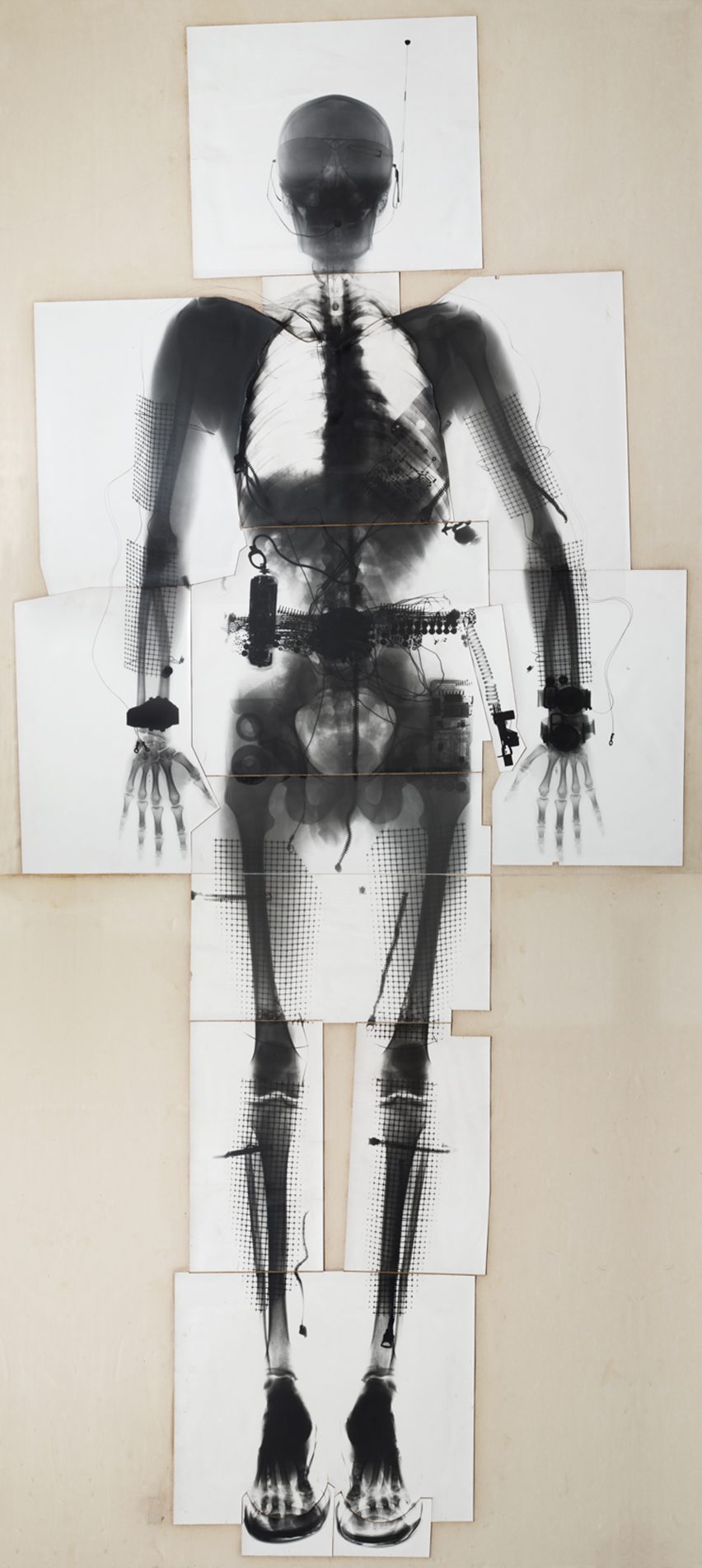
Portable Person by Studio Works
First unveiled in 1973, this full-size X-ray shows a figure with devices seemingly integrated into its body.
Many of the additions are available today as wearable technologies, such as the Apple Watch-style wristband and Google Glass-like digital glasses. The question Taşınabilir Kişi asks is: will humans eventually go one step further, and become cyborgs?
Memex by Marshmallow Laser Feast, Analog, FBFX and Duologue
Although it looks like a real woman, the ultra-lifelike figure in this music video is actually a digital model created using high-resolution 3D scans.
London multimedia studios Marshmallow Laser Feast and Analog teamed up to create the film, as part of a wider exploration into filmmaking techniques that could be used in virtual reality environments.
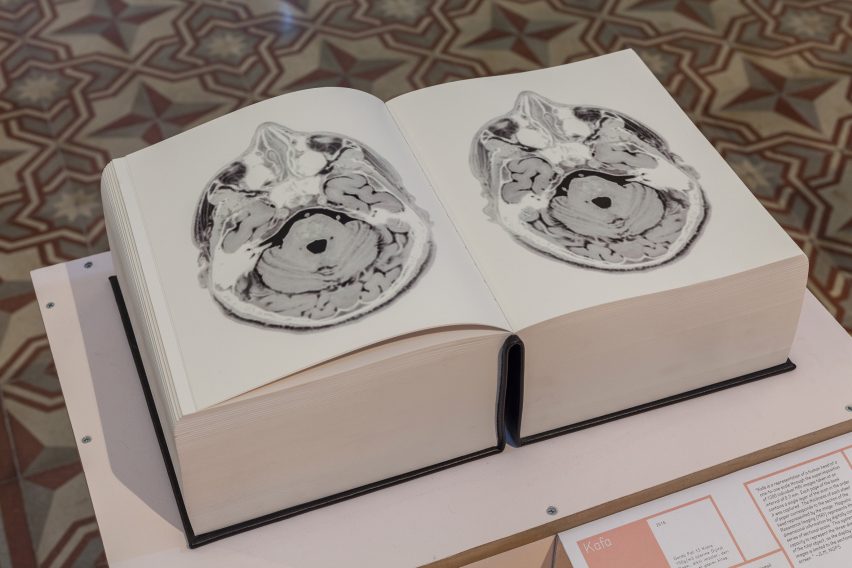
Kafa by Jesse Liam McCormick and Nadir Giulio Puccinelli-Sannini
In an attempt to reveal the entirety of a human brain, Columbia University graduates Jesse Liam McCormick and Nadir Giulio Puccinelli-Sannini have compiled a book containing 1200 MRI scans.
Scans were taken at 0.2-millimetre intervals, corresponding with the thickness of each page. Readers are invited to assess and compare every section of the brain's interior.
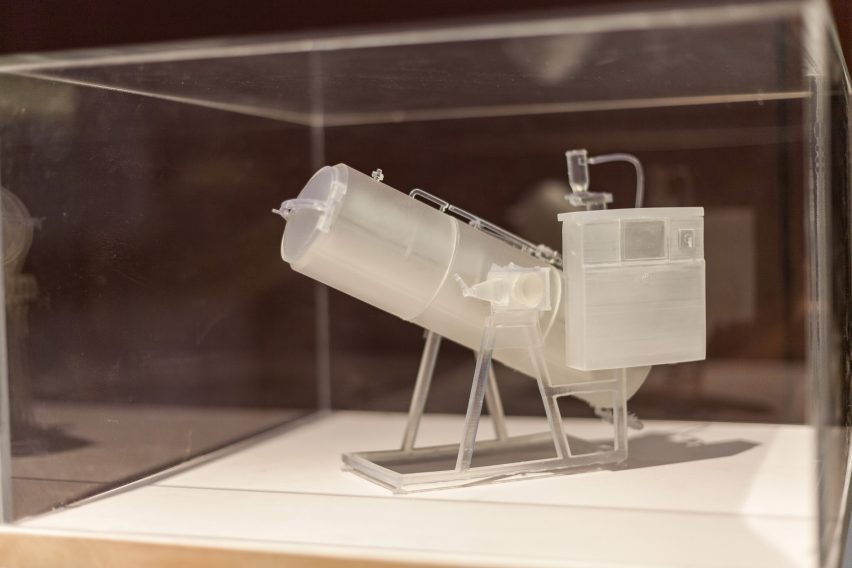
Alkaline Hydrolysis System for Human Disposition, LT-28 by Common Accounts
This scale model shows a pressurised chamber that uses water, heat and lye to liquify dead bodies – revealing how design has been used to alter the decomposition process.
It was initially created for disposing of animal remains but has more recently been made available for humans, as a more eco-friendly alternative to cremation.
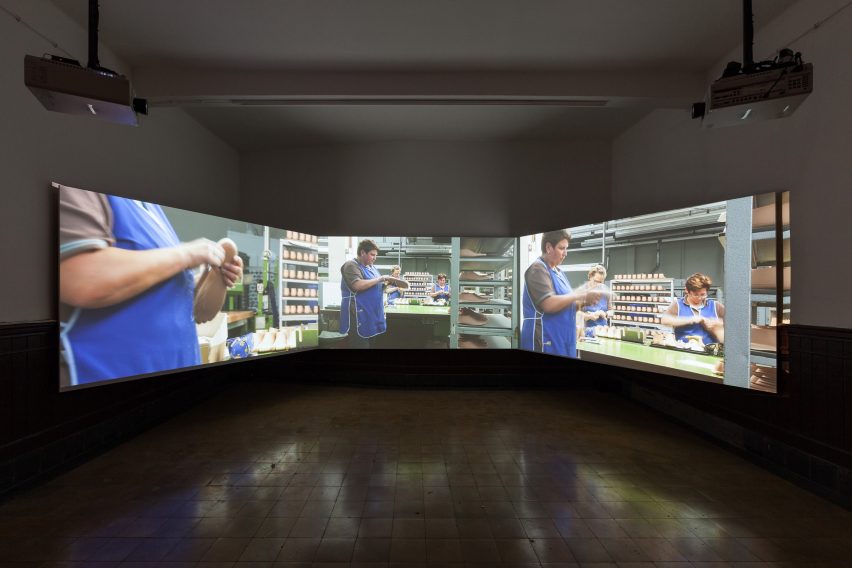
The Unstable Object (II) by Daniel Eisenberg
Videographer Daniel Eisenberg reveals what it is like to work at a prosthetics factory in a movie filmed at the Duderstadt facility of German company Ottobock.
Presented across three screens, the film shows workers performing both low-skilled and artisanal tasks, from filing nails to shaping skin. Eisenberg describes it as one of the most advanced forms of individualised mass production.